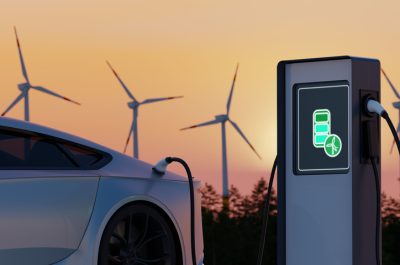‘Gas-shaming’ won’t reduce emissions faster
With the ACT election just over a week away, the future of gas has become a hot topic. The Greens last week announced funding for heat pumps and plans to rapidly end gas use in the ACT.
Labor responded by labelling the plan “crazy” with the Chief Minister pointing out that “we can’t heat this city in our bitterly cold winters with electricity alone. We are not bringing out a big stick and you’re a bad person if you use gas.”
Australia has more than 40,000 km of high-pressure gas pipelines and a further 96,000 km of gas distribution networks connecting more than five million customers. These customers use gas for cooking, hot water, heating and industrial feedstock.
Beyond natural gas networks, there are about a further two million households and businesses that use LPG to provide those heating services. In total, this represents almost 70 per cent of household that rely on gas.
Gas network businesses are leading the way to decarbonise gas services through hydrogen and biogas demonstration projects.
The aim is for renewable gas to become “business as usual” in the 2030s. Still, there are a range of electrification advocates who wish for gas to simply go away and be replaced by electricity infrastructure and electrical appliances.
But it is not a simple like for like replacement. There are some elements of gas infrastructure that cannot be easily replaced.
Total energy delivered
Gas provides about 21 per cent of Australia’s primary energy consumption. 39 per cent of the 2017/18 total gas consumption was used to produce electricity and the remaining 943 PJ was used directly. This is more than Australia’s consumption of electricity, which totaled 835 PJ over the same period.
While renewable electricity is growing, it is still on about 24 per cent of the total electricity demand – up from about 10 per cent a decade ago. In spite of this rapid growth, the electricity grid will take many more years to be fully renewable, with most of the 2020 AEMO Integrated System Plan scenarios showing an ongoing role for coal in power generation in the 2040s.
Those who promote abandoning gas to reduce greenhouse gas emissions need to consider two things. Firstly, the scale of energy provided by gas and the massive costs from additional power generation and transmission that will be required. Secondly, the direct use of gas provides about one quarter of overall emissions compared with electricity from the grid, and this will continue to be the case until much higher levels of renewable generation are achieved. Indeed, electrification of gas services may lead to increased emissions depending on the emission intensity of the grid.
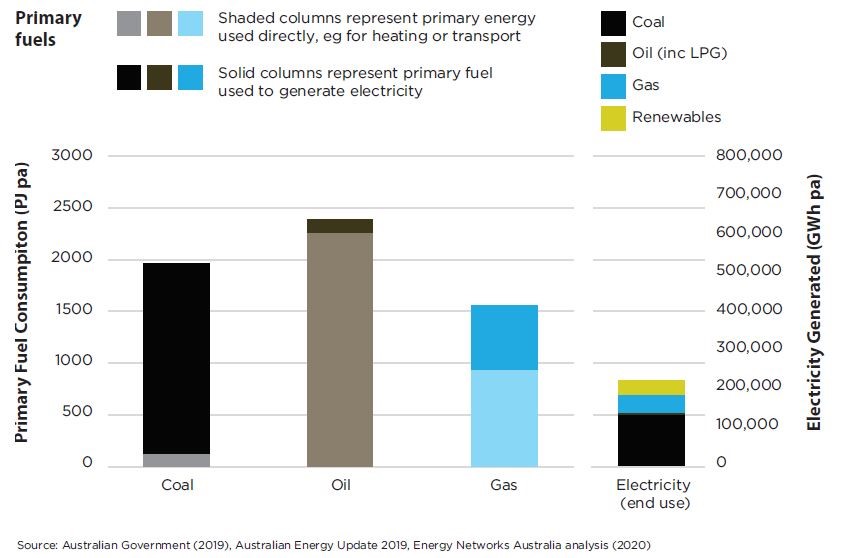
Figure 1: Australia’s Energy Consumption (Source: Gas Vision 2050)
Industrial feedstock and temperature
Gas provides industry with chemical feedstock and a clean burning fuel to reach high temperatures. As a feedstock for ammonia production, the hydrogen found in natural gas is used to create ammonia, which in turn is used to make fertiliser. Gas is also essential for high temperature processes such as cement manufacturing, which needs to reach temperatures of around 1,450°C. The amount of energy needed for both feedstock and high temperatures exceeds 200 PJ.
This feedstock cannot be replaced with electricity and while electrical furnaces can reach high temperatures, these are generally unsuitable for industrial processes.
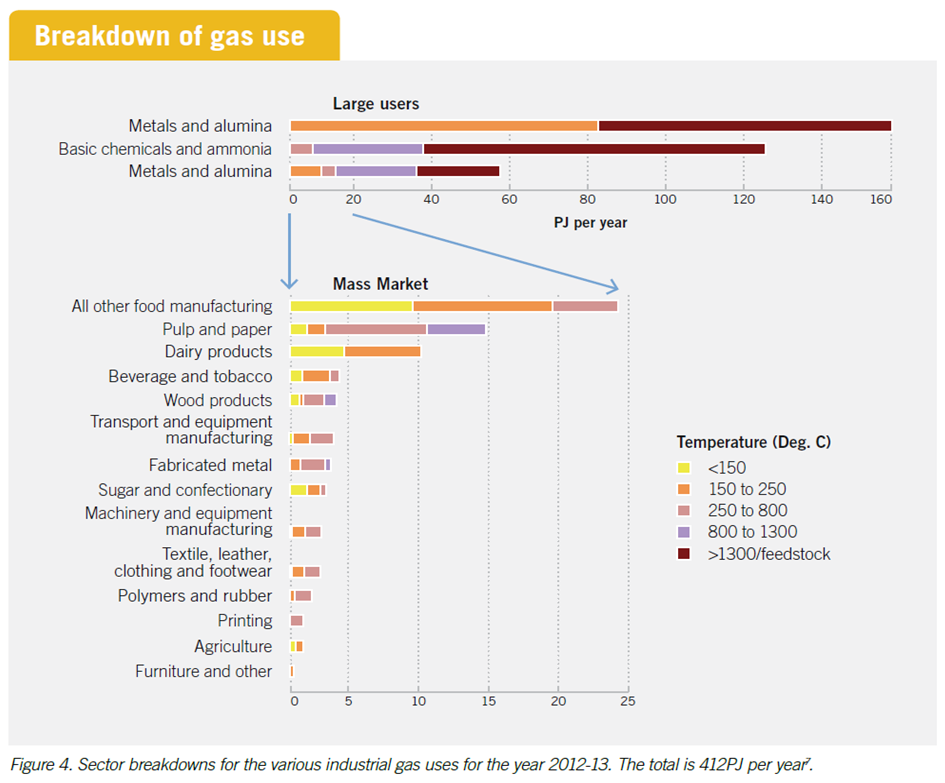
Figure 2: Breakdown of gas use (Source: Frontier Economics (2020), The Benefits of gas infrastructure to decarbonise Australia)
Storage capacity
Australia’s existing gas storage capacity represents 27,000 GWh, or an equivalent of 77 Snowy Hydro 2.0 schemes.
This storage infrastructure, pipelines and networks are already in place and have been designed to meet the country’s seasonal heating load. Continuing to utilise this storage asset makes sense as the alternatives are either too expensive or unsuitable – for example replacing it with pumped hydro would require many billions of dollars of investment and batteries can only store energy for several hours so are useless for seasonal storage.
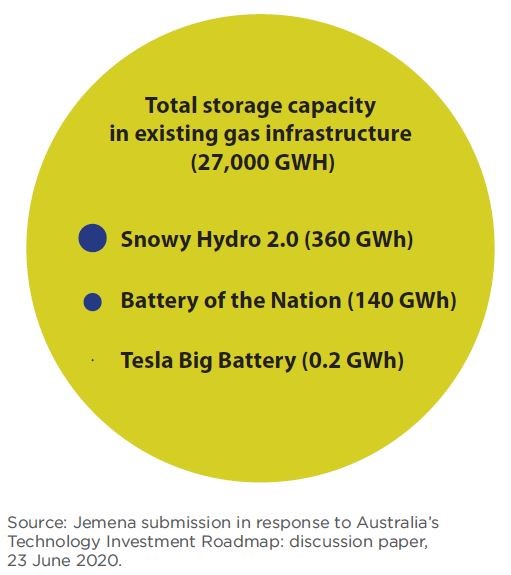
Figure 3: Jemena submission in response to Australia’s Investment Technology Roadmap Source: Gas Vision 2050
Using gas for electricity storage is cheaper
There are a range of complementary storage solutions available for power generation.
For example, short term battery storage can be used to balance out the daily variations in solar PV output, while longer storage options are needed for overcast days.
Analysis provide by the International Gas Union indicates that using gas peakers continues to be a lower cost option for durations greater than 10 hours of electricity generation. Hence these provide a perfect back-up solution to variable renewables.
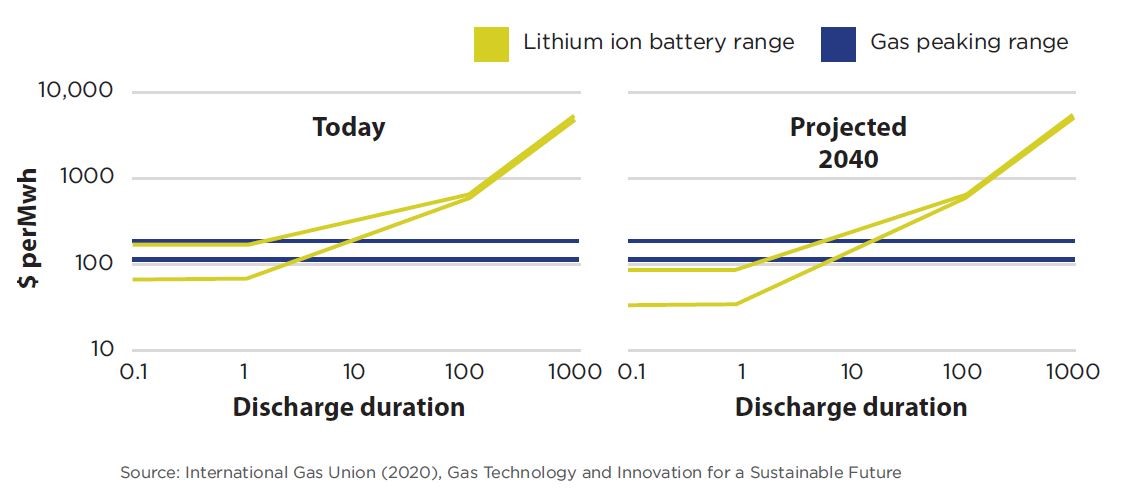
Figure 4: Comparison of storage technology costs (Source: Gas Vision 2050)
Daily linepack
Gas demand varies throughout the day while hourly gas production is fairly constant.
Gas pipelines and networks are designed to handle this daily variation.
Similar to electricity, gas peaks occur in the morning around 7am and a second peak in the afternoon around 6pm, especially during winter. This coincides with electricity peaks related to switching on lights, appliances and heating at those colder times of the day.
Electrifying the heating load would increase the demand on electricity networks, at the same time they are already serving peak demand. Utilising existing infrastructure to provide heating services makes more sense compared with investing in new electricity infrastructure to replace this service.
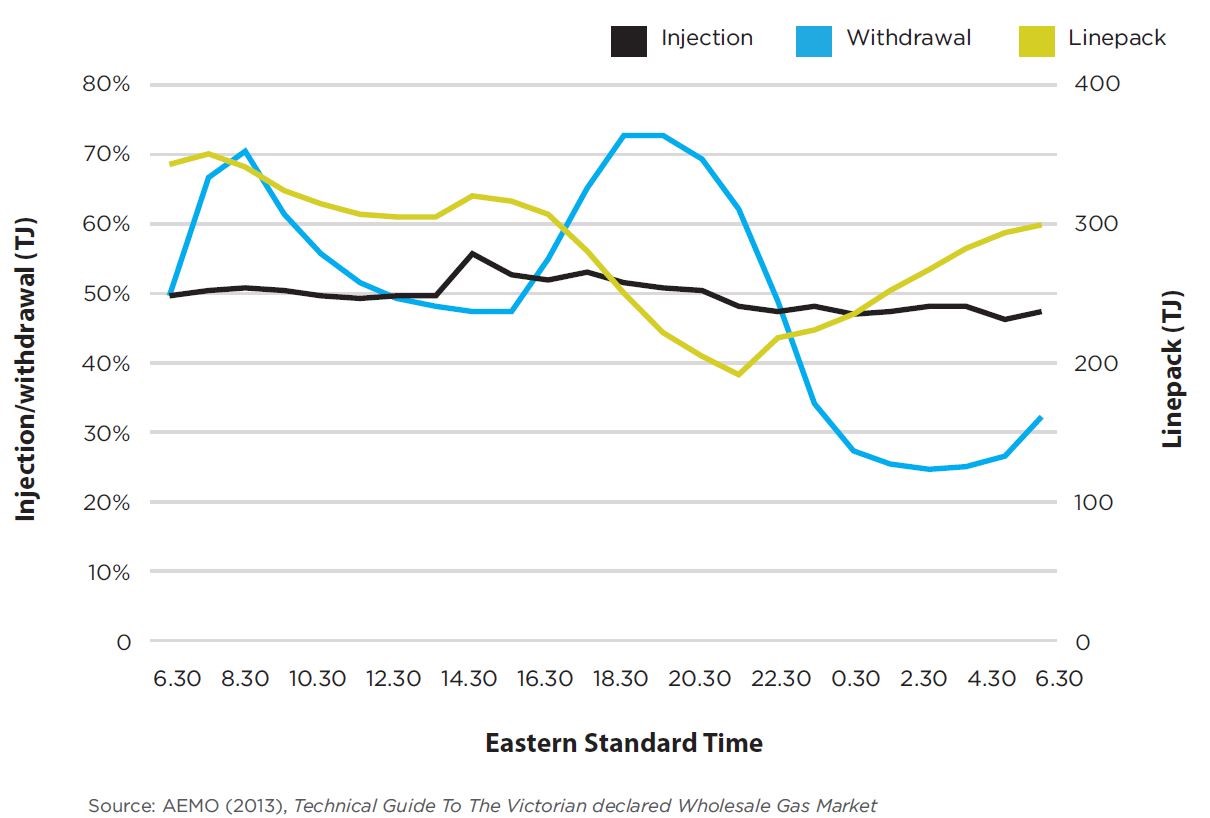
Figure 5: Linepack in gas transmission pipelines (Source: AEMO (2013), Technical Guide to the Victorian Declared Wholesale Gas Market)
Pathway to renewable energy
Biomethane produced from landfill gas or wastewater treatment is chemically compatible with natural gas. Blending this gas into pipelines will provide a product with lower greenhouse gas emissions. Existing pipelines, networks and appliances can all continue to operate safely with blending biomethane.
Blends of hydrogen are also possible with a 10 per cent blend target providing a commercial driver for hydrogen production. This is an important stepping-stone to reaching pure hydrogen networks.
Australia is on a pathway to reach net-zero emissions. This is best achieved through a range of actions across different parts of the economy that all aim to reduce emissions from electricity generation, direct combustion of fuels, transport, agriculture and industry.
Decarbonising the gas provided via pipelines and networks ensures the benefits provided by that infrastructure can continue to be used while keeping costs for customers down.
